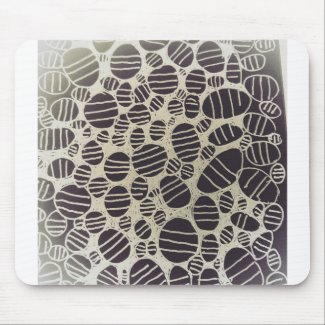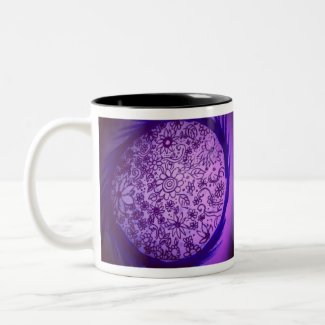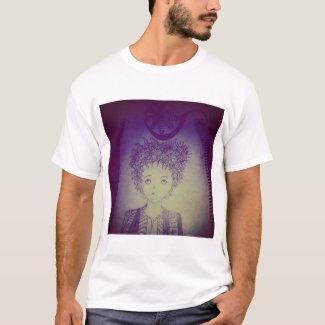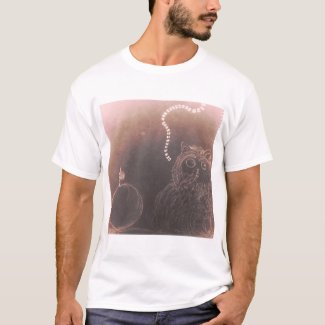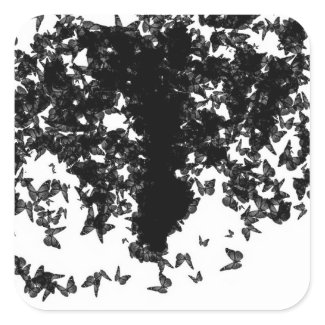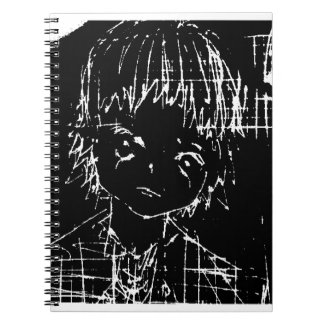
Wednesday, 21 October 2015
Friday, 9 October 2015
Tuesday, 1 September 2015
Wednesday, 15 July 2015
Nagoya Castle
 is a Japanese castle located in Nagoya, central Japan. During the Edo period, Nagoya Castle was the center of one of the most important castle towns in Japan—Nagoya-juku— and it included the most important stops along the Minoji, which linked the Tōkaidō with the Nakasendō.
is a Japanese castle located in Nagoya, central Japan. During the Edo period, Nagoya Castle was the center of one of the most important castle towns in Japan—Nagoya-juku— and it included the most important stops along the Minoji, which linked the Tōkaidō with the Nakasendō.childhood dream by castiellightworkers8 on DeviantArt
Toro Nagashi (灯籠流し)
This is the Ryōan-ji tsukubai .
 The kanji written on the surface of the stone are without significance when read alone. If each is read in combination with 口 , which the central bowl is meant to represent, then the characters become 吾, 唯, 足, 知. This is read as "ware, tada taru shiru" and translates literally as "I only know enough" (吾= I, 唯 = merely, 足 = be sufficient, 知 =know).
The kanji written on the surface of the stone are without significance when read alone. If each is read in combination with 口 , which the central bowl is meant to represent, then the characters become 吾, 唯, 足, 知. This is read as "ware, tada taru shiru" and translates literally as "I only know enough" (吾= I, 唯 = merely, 足 = be sufficient, 知 =know).
Subscribe to:
Comments
(
Atom
)








